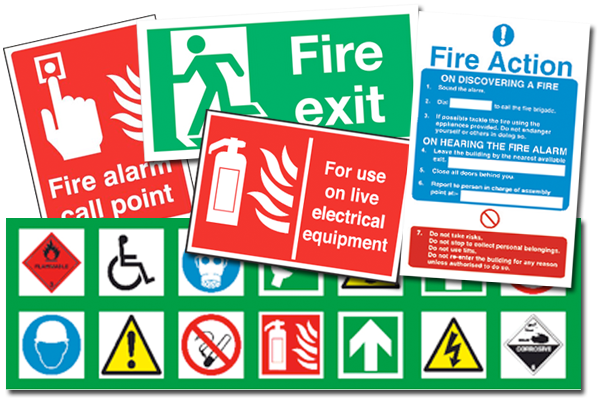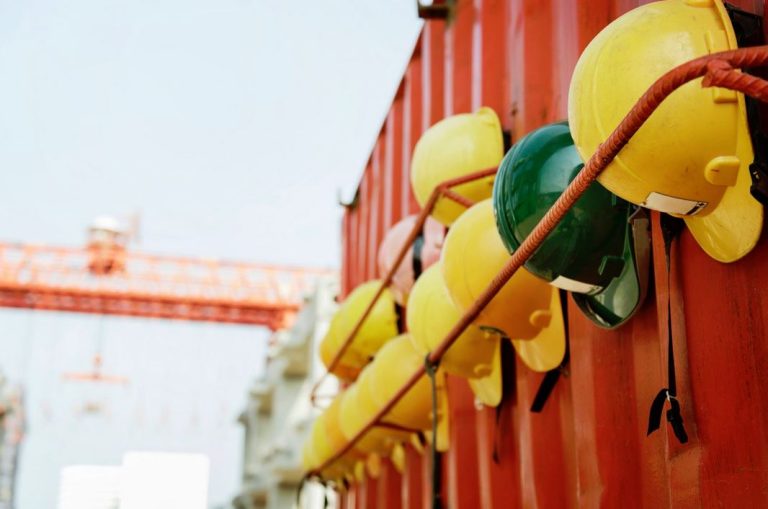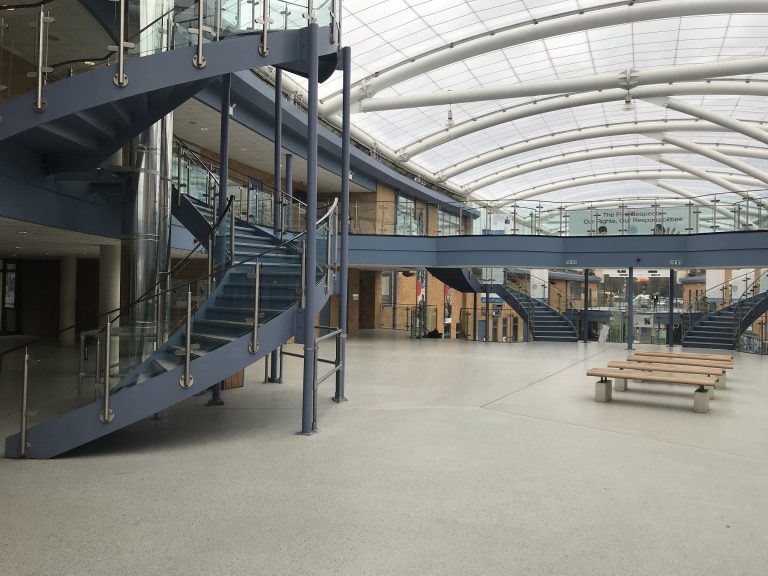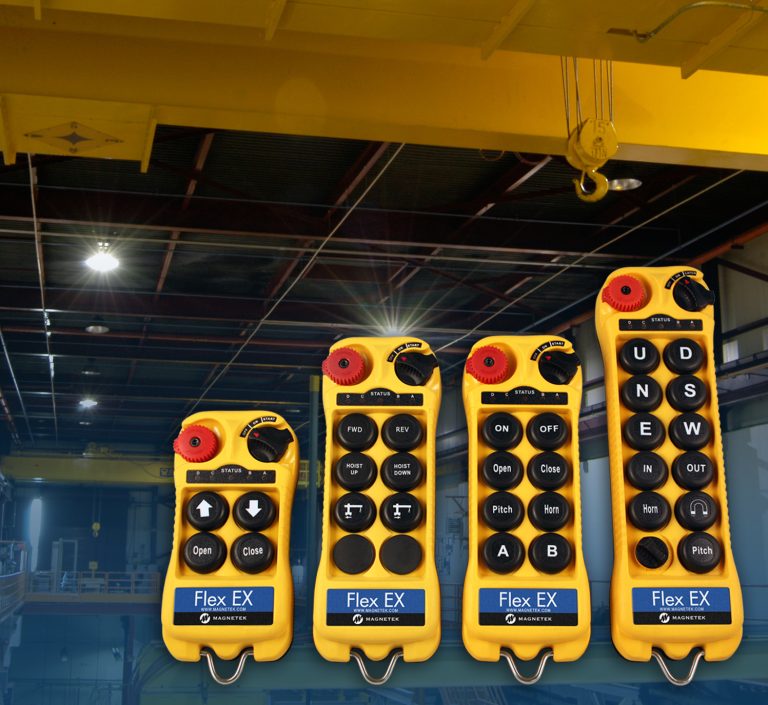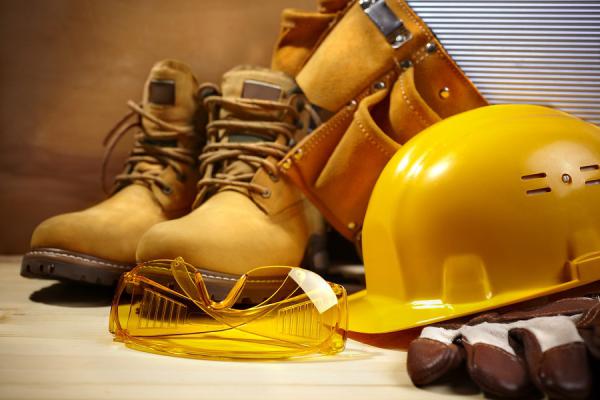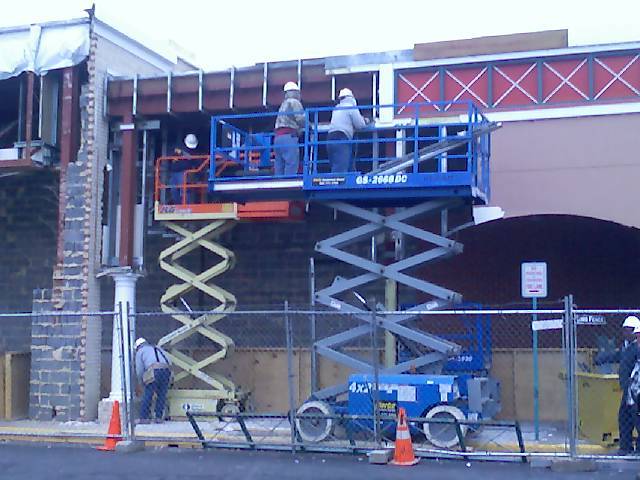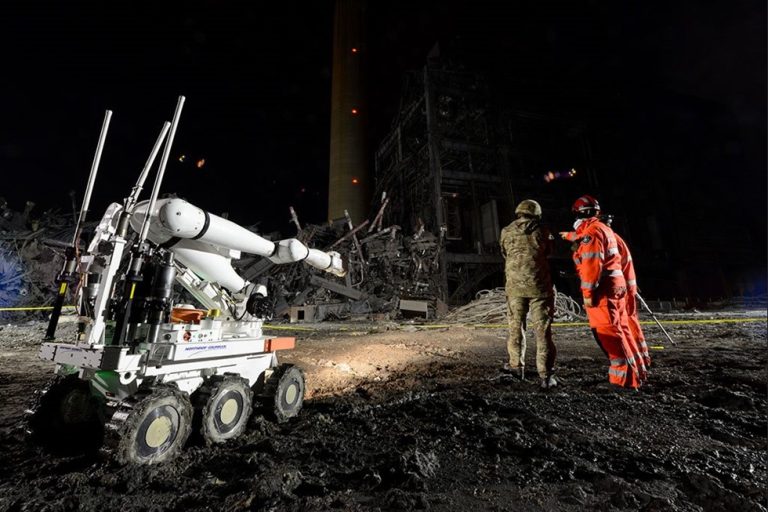According to data from the Health and Safety Executive (HSE), construction worker fatalities dropped by more than a third in 2016/17, reaching an all-time annual low. Here, Tony Young, director at supply, installation and repair specialist, CP Automation, explains why these findings may be partly down to the industry embracing new ways of working — including equipment like radio controlled cranes. Cab controlled cranes have long dominated the industrial landscape, with the operator sitting in the crane, being guided by hand signals from a floor walker. This advanced slightly to machines controlled by pushbutton pendants, involving a transmitter unit hanging from the crane by a cable being controlled by someone on the floor. However, this still tethers the operator to the crane and restricts movement. This is where radio crane control comes in. A handheld, cordless unit allows operators to remain on the facility floor, out of range of load swings and potentially dropped loads. It means that if lifting is taking place in hazardous areas, such as hot, noisy or radioactive environments, operators are kept safe, well away from the area. This keeps the operator clear of the area and overhead load, providing significant health and safety benefits. Freedom of movement The cordless flexibility means the operator is able to move to a much better location for visibility, rather than remaining limited to the field of view of the cab, or the length of the pendant cable. With this increased visibility, on foot and away from the load, the operator can clearly see a load shift and determine whether the load is properly rigged before continuing. They can also adapt quickly to any obstructions or changes in the path as the move is completed. Equally, with the operator on foot, communication is greatly enhanced. The need for hand and voice signals between the operator and spotter is eliminated. Operators are closer to spotters, and can easily hear and act on what they are saying more quickly. From an efficiency standpoint, floor operation may even eliminate the need for additional assistance on the floor completely. A single operator could also manage some of the operations with below-the-hook attachments such as magnets, grabs, or C-hooks. This reduces labour costs. New partnership To help with this shift from cab controlled cranes to safer, radio controlled systems, CP Automation, is now supplying its customers with stock from Magnetek, the market leader of crane and hoist systems. Cranes can be fitted with both CP Automation and Magnetek products as an integrated package, including power delivery systems, collision avoidance systems, radio remote control transmitters, motor gearboxes, failsafe brakes and variable frequency drives (VFDs). Together, these products allow cranes to move heavy structures with sufficient power, control and intelligence, as well as increasing safety with remote control. “The partnership brings together the right set of products to support the rapid growth of the crane industry at present,” explained Andy Swann, business development manager EMEA at Magnetek. “Together we can provide a customisable, engineered system to match the most demanding of specifications, ensuring reduced load sway and load drops. “We are seeing more and more crane original equipment manufacturers (OEMs) moving away from in-cab operators and opting for radio remote control, whereby the operator is at a safe distance away from heavy loads. This means much more aggressive materials can be handled during a project, and the operator is kept at a safe distance, controlling the crane from afar.” CP Automation’s stock of collision avoidance systems, AC & DC drives and radio remote control systems has already gone down well with our customers in the crane industry. This coalition brings additional functionality that the crane industry has been waiting for, bringing together a collection of drives, resistors and crane-specific products that we can also fit, using our trained engineers, if required. Ultimately this arrangement is driven by a focus on safety for crane operators. With more companies choosing radio remote control systems over cab controlled systems, it makes sense to join Magnetek’s market leading technology along with our own range of products to drive this mentality in the industry. While data into the safety of the construction industry is moving in the right direction, as collected by HSE, there is still room for improvement. As this shift towards radio control cranes progresses, the industry will continue to advance its safety procedures and protect its workforce.
